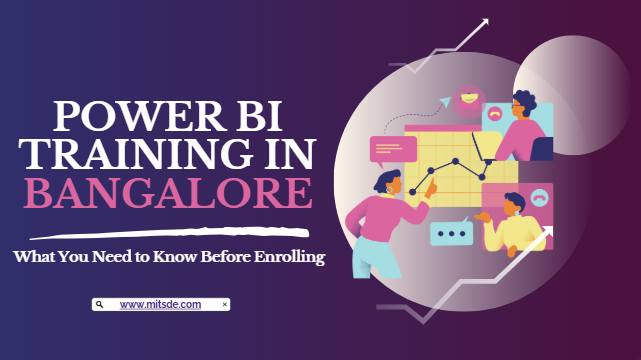The process of diagnosing various kinds of financial risks in a business and the methods adopted in order to prevent them is called Risk management. Risk management is crucial for organizations as it prevents miscellaneous losses. When it comes to risk management, we always hear about the core principles that are essential. The International Standardization Organization (ISO) and the Project Management Body of Knowledge (PMBOK) have also given their set of principles that are considered significant in order to deal smartly with various situations that might be posing a threat to the business environment.
All the various principles that have been recommended by ISO and PMBOK are mentioned below:
- Organizational Context: There are several factors that influence an organization’s working and results.It is not always necessary that all organizations may feel threatened by the same factors. If an Organization A gets affected by any change in the import duty, another organization B might not feel the risk. There might be different factors like social, societal, political or even technological that may affect an organization partially or fully.
- Reporting: Communication is the key to success in the case of risk management. The Information that is provided to the receiver must be authentic. The most significant facts must be selected and decisions should be made regarding them. Furthermore, the information must be accurate and should have a good scope.
- Involvement of Stakeholders: The stakeholders must be involved in every step of the risk management process. The stakeholders must be involved in every important decision that is made. In this way, the organization also gets to gain the trust of its stakeholders.
- Roles and Responsibilities: The complete process of dealing with the risks must be open and accurate. Every person connected with the organization must know his/her role in the crucial process so as to avoid unnecessary confusion or miscommunication when the action is made.
- Organizational Objectives: One must keep in head the main objectives of the organization they work for while undertaking a risk situation. The person or team that is supposed to be dealing with the whole problem must be aware of the system that is to be followed along with the possession of the ability to think for a better and brighter future for the company.
- Support Structure: In order to have a successful business, one must have a team of hardworking as well as intelligent people. People who are enthusiastic but also know how to maintain tranquility while making important decisions are the ones who are really required.
- Review Cycle: The review Cycle is basically divided into four stages- acknowledge, estimate, respond and review. You must be capable of recognizing the correct changes and eliminating those that are just vague.
- Early Warning Indicators: There must be a special team to keep a record of the symptoms that may turn into risks for the organization in the near future. At every stage, the team members must be in sync with each other so that even the slightest possible problem can be declined readily.
- Continual Improvement: Continuous improvement is always the best option to maintain coordination with each other. This will also enhance the power to think of different alternatives, implement them and tackle risk situations.
Every organization emphasizes on taking the calculated risks but keeping a provision for the management of risks so as to minimize the losses. Thus, risk management plays a crucial role in every organization and it is interconnected to insurance. Our 18-months PGDM course in Insurance & Risk Management at MITSDE educates about the legal, institutional and social ecosystem and prepares you to manage the risk efficaciously. This distance learning course gives you an upper edge over others thereby facilitating you to immediately get absorbed in the industry.


